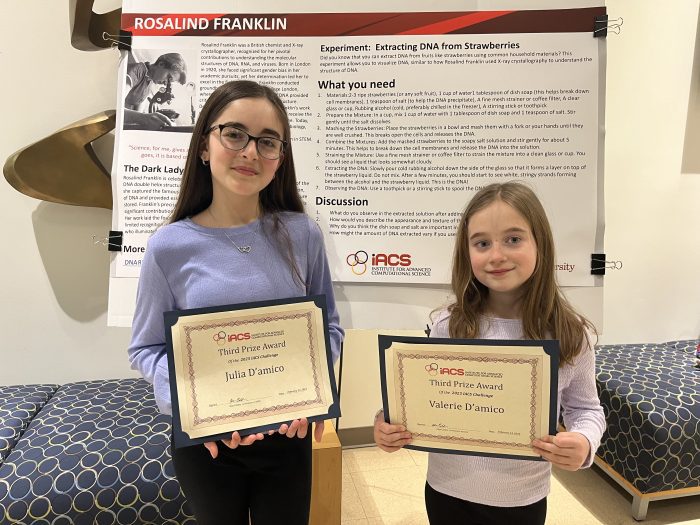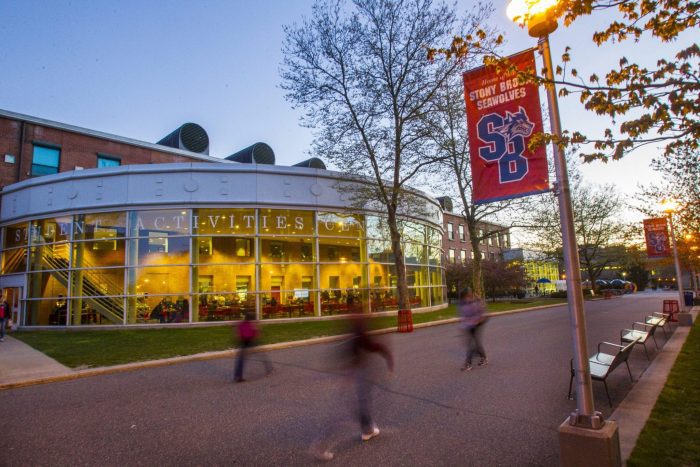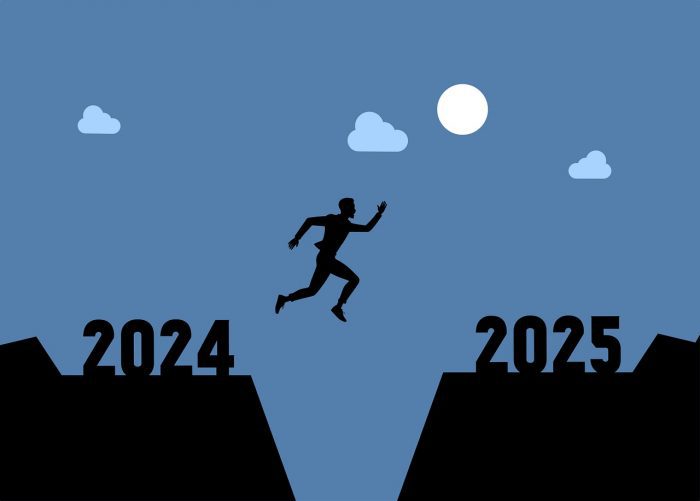“Coronavirus–How to protect yourself,” “Three Village community takes on pandemic,” “Local businesses/organizations react to Coronavirus concerns,” “Stony Brook students weigh in on changes to their college life due to Coronavirus.”
Five years ago, these were the headlines that filled TBR Newspapers as the pandemic took hold of the country, leading then-Governor Andrew Cuomo to issue an executive order to close non-essential businesses.
March 2020 was a month of intense anxiety. We monitored the news constantly, bought masks and hand sanitizer, stored up on household necessities, and didn’t get close to other people. We missed birthdays and downloaded Zoom. The CDC website was perpetually open on our devices. We did everything we could to ensure that we were safe from an invisible assailant.
Half a decade later, most of us can still remember where we were when we learned that our schools, businesses and workplaces would be closing. Changes in our personality and lifestyles can be traced back to that announcement and the months that followed, when we learned to live amidst a pandemic.
The virus has cost us; it led to 7.1 million deaths worldwide. Over 2,700 people have died in the U.S. from Covid from Jan. 26 to Feb. 23. Over 777 million people worldwide have contracted the disease in total, according to the CDC.
Covid has not only affected our health–many of us have contracted it or know someone who has–but our relationship with the world around us. The pandemic necessitated an isolationism from which many of us haven’t fully recovered from. In public areas, every cough or sneeze has the potential to lead to something larger and more dangerous. We now get Covid shots in addition to the annual flu shot. Many of us still have a reserve of masks, just in case.
The pandemic was paralyzing–it halted in-person local commerce and in-person education. Many businesses weren’t able to survive the disruption and students lost quality education in the transition to remote learning. When workplaces switched to remote work, many didn’t switch back. Five years later, we sill feel the effects of these lost months.
Reading back those articles written during the pandemic, we are reminded of the abnormality of that period of time. It was a period of fear and trepidation, but in some of those articles from five years ago, our community displayed perseverance and strength in the face of uncertainty–businesses determined to adapt, community members standing by one another. We remember what we lost and how we got through it, with support, five years later.














